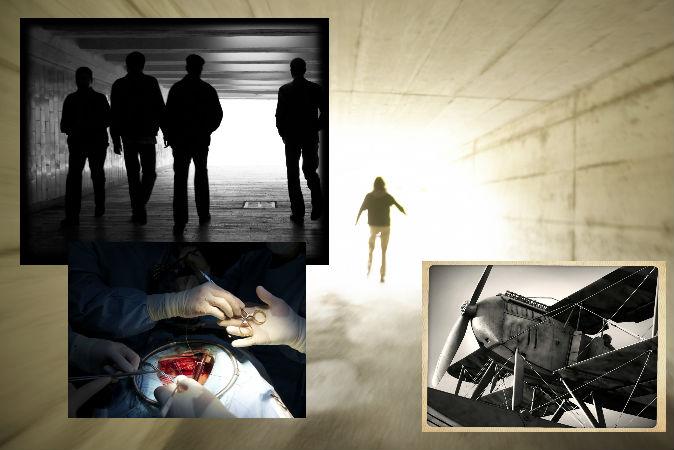Some people who have had close brushes with death report having left the physical body to float around and observe scenes in the direct vicinity of the body and sometimes further away, in the general region. In some cases, what they’ve seen can be verified; near-death experiences (NDEs) researchers then try to determine whether the person could have seen these events or objects through normal means, without having left the body.
These provide some of the strongest evidence that these mystical experiences are not hallucinations. Cases in which the experiencers’ accounts are verifiable are known as veridical perceptions.
Some include not only scenes observed in the world of our normal perception, but also conversations or encounters with beings on another plane of existence who tell the experiencer things that turn out to be true.
Here are a few veridical perception cases of out of dozens compiled from the work of various researchers by Jan Holden, a counseling professor at North Texas University and long-time NDE researcher.
While these few cases are outstanding, it’s the wealth of cases studied over more than 100 years that have a great cumulative impact on the researchers of NDEs.
1. Patient Observes Doctor’s Unusual Habit






